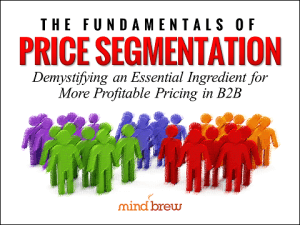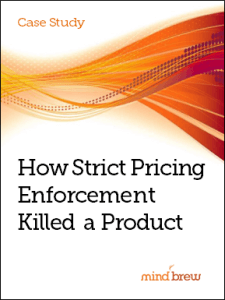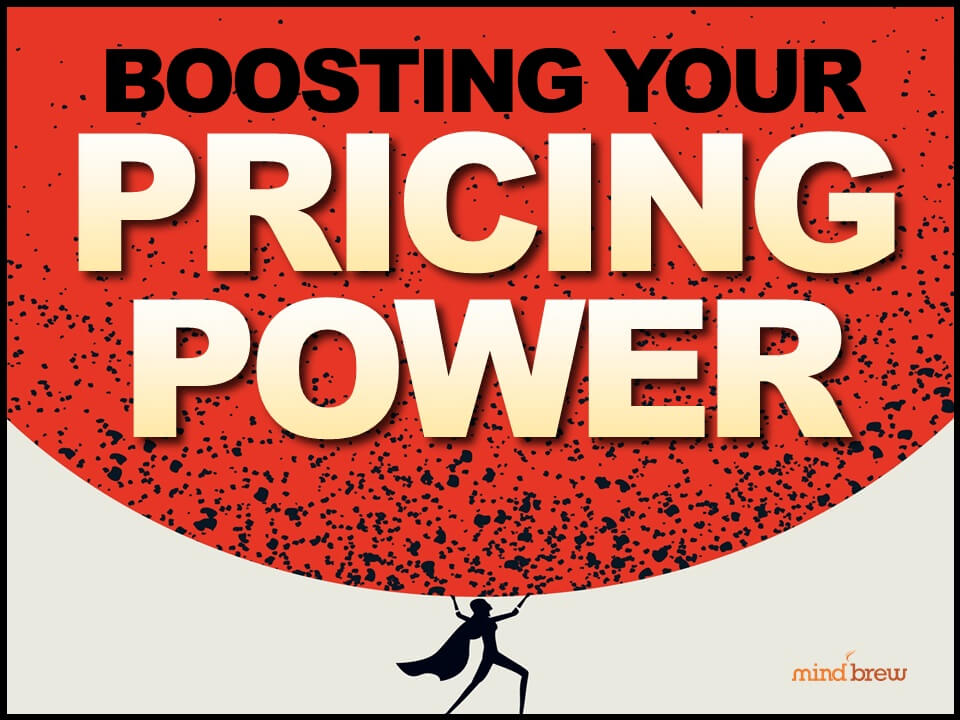In the PricingBrew Journal subscriber training seminar, The Fundamentals of Price Segmentation, we discussed how price segmentation allows us to more-closely align our prices to different customers’ willingness-to-pay, thereby maximizing our revenue and margin potential. We covered the key concepts and principles involved, and even created a segmentation model from scratch to help illustrate the processes.
During the session, we talked about the importance of using historical sales data to inform and validate your price segmentation model—which prompted one attendee to ask:
Won’t using sales data just reinforce bad pricing behaviors?
Concerns about the use of historical sales data are fairly common. Some worry that building a price segmentation model based on historical sales performance will somehow codify or “lock in” slipshod pricing and discounting practices of the past. Others will say that historical prices have no relevance to what’s going on in their market today.
And sometimes, these concerns cause people to ignore sales history in favor of basing their price segmentations on internal conjecture and opinions alone.
However, fears around using historical sales data are usually overblown because for segmentation purposes, you’re primarily paying attention to the relative price differences, rather than the price-points themselves.
While the price paid for a widget a year ago likely has no relevance today, the fact that higher or lower realized prices were captured under certain circumstances is very telling. After all, similar circumstances undoubtedly exist today and your segmentation model will be that much better taking them into account.
Also telling is the degree of difference between the prices under those circumstances. The price-points themselves may be different today, but knowing just how much more—or less—you’ve been able to command under different circumstances in the past, can help you establish variances from today’s baseline.
Relying on internal conjecture is certainly easier than performing the analyses we discussed in the segmentation training session. But a price segmentation model will only be effective if it’s realistic. And like it or not, our sales history is an extremely accurate reflection of our particular reality.











